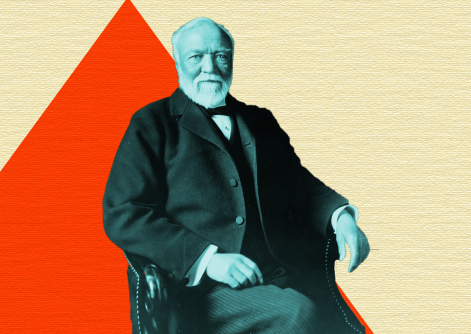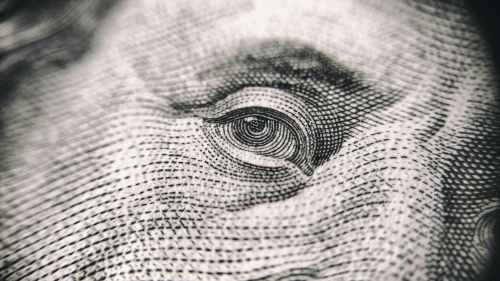President Trump's plan to cut roughly $6 billion from the National Institutes of Health (NIH) budget has generated major pushback. Pundits and politicos say they fear the budget cut will jeopardize valuable health research initiatives.
But it’s crude to assume that more tax dollars flowing through NIH automatically equates to robust health research. Large bureaucracies become progressively more inefficient and risk-averse over time, and pumping more money into them only worsens their sclerosis.
The left-of-center friends of more funding forget their own warnings about the danger posed by monopolies. That danger is even worse in the government sector than in the private sector. Anyone who dislikes having health care under the control of a few giant insurance companies, or drugs under the control of a few pharmaceutical behemoths, should be at least as opposed to having health research under the thumb of a giant government bureaucracy susceptible to political pressures.
I’ve made this argument before in the following 2010 Philanthropy Daily post, republished below:
Government stifling of science
by Scott Walter, originally published August 29, 2010
Any time the federal government has more money for grants, that’s great for private charities, deserving individuals, and society at large, right?
No. The world is not that simple. Recall Naomi Schaefer Riley’s blog post, lauding a new initiative called Fund Science, “a small nonprofit organization that asks the general public to help finance the work of young scientists.” This nonprofit is needed because government funding of science skews heavily away from young scientists. For example, scientists on average receive their first major grant from the National Institutes of Health at 42, the Chronicle of Philanthropy reports.
That’s bad for two reasons. First, government funding of older scientists means the keenest scientific minds are probably being ignored and going unfunded. Second, the increasing monopolization of science funding by stodgy government entities means that scientific diversity will be stifled and unorthodox scientific minds suppressed far more ruthlessly than in the days when Galileo got himself in trouble.
On the first point, consider this 2010 Wall Street Journal news report: James Watson, co-discoverer of DNA, co-wrote "one of the most important scientific papers of all time” at the age of 25. “Isaac Newton was 23 when he began inventing calculus; Albert Einstein published several of his most important papers at the tender age of 26; Werner Heisenberg pioneered quantum mechanics in his mid-20s.”
So what is our federal government doing to recognize the fact of early scientific creativity?
In 1980, the largest share of grants from the National Institutes of Health (NIH) went to scientists in their late 30s. By 2006 the curve had been shifted sharply to the right, with the highest proportion of grants going to scientists in their late 40s. This shift came largely at the expense of America's youngest scientists. In 1980, researchers between the ages of 31 and 33 received nearly 10% of all grants; by 2006 they accounted for approximately 1%. And the trend shows no signs of abating: In 2007, the most recent year available, there were more grants to 70-year-old researchers than there were to researchers under the age of 30.
The same article notes that NIH is trying to make some marginal changes in this area, but I’ll happily lay bets with anyone who thinks this trend will change in the next 5 years. The reason is simple: Large bureaucracies are progressively more risk averse with time, and pumping more money into those bureaucracies only worsens their sclerosis. The new federal health care legislation means more money for bureaucracies and thus less scientific innovation. Even before this year’s health care bill passed, the U.S. government, by some estimates, already controlled one in every four medical research dollars on the planet. (For a fascinating look at private donors' efforts to fill in the gaps left by federal medical research funding, see this cover story in Philanthropy magazine.)
As I’ve noted elsewhere, historian and sociologist Robert Nisbet warned decades ago that modern government is far more effective at suppressing diversity in science than the Inquisition of Galileo’s day:
Probably more scientists have been adversely affected – estopped altogether from a given line of research, guided, shaped, propelled, decelerated, forced into nonpublication, secrecy, turned down for funds or promotion, and barred from access to laboratory space or archives – because of defiance of conventional wisdom in America since World War II … than existed in the whole of the world in Galileo's day.
"Institutional competition" and the diversity of funding streams that permit it, Nisbet concludes, not "the fabled distinterestedness of the titans in science," is what usually rescues maverick thinkers from the "hostile herd."
Remember that the next time you hear someone exult over the latest boost to the budget of a federal science grant-maker.






